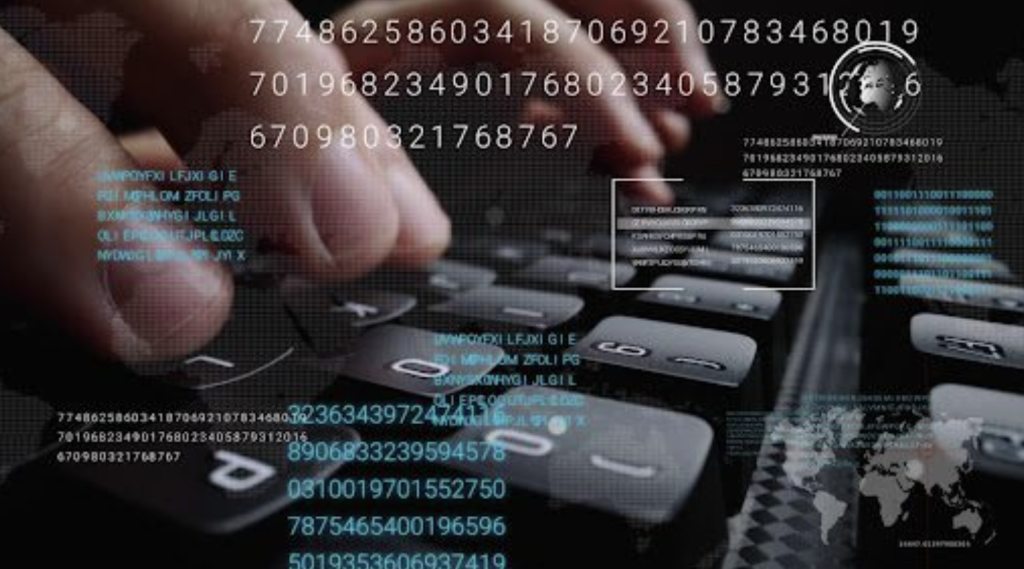Biometrics is a rapidly growing field in technology, but it’s also one that has been met with some skepticism. There are a number of misconceptions about biometrics, ranging from its accuracy to its privacy implications. Let’s take a look at some of the biggest myths about biometrics and debunk them one by one.
Misconception #1: Biometric Data Is Unreliable
Biometric data is actually more reliable than other forms of identification. For example, passwords can easily be forgotten or guessed, whereas biometric data is unique to each person and cannot be replicated. In addition, biometric data offers a degree of accuracy not seen in other forms of identification—even if two people have identical physical features like fingerprints, the chances that their biometric data will match up exactly are slim to none.
Misconception #2: Biometrics Violates Privacy
Biometrics can actually help protect your privacy rather than violating it. That’s because biometric data prevents identity theft and fraud by making sure that only authorized individuals can access certain systems or information. As long as the right measures are taken to protect the data—such as encryption—there is no risk of someone else gaining access to your personal information.
Misconception #3: Biometrics Are Expensive
Most of the small businesses will choose turnstile gate with card reader for access control due to its affordable price. But now the biometric scheme is not as expensive as people imagined. Due to the continuous advancement and maturity of technology, its cost has been further reduced.. In addition, many biometric solutions offer additional features such as real-time authentication and analytics capabilities that make them even more cost-effective over time.
Misconception #4: Biometrics Systems Are Hard To Use
In fact, biometric systems are incredibly user friendly. In the past, employees had to remember a password or carry a physical ID card to enter the office through turnstile barrier. Today only a face scan is required for authentication. It’s much simpler, isn’t it?
Misconception #5: Biometrics Can Be Faked
Biometric data is virtually impossible to replicate, making it one of the most secure forms of identification available. For example, a person’s fingerprints or iris scan can only be used once, meaning that there is no way for it to be duplicated or faked. This makes biometrics one of the most reliable ways to protect sensitive information.
Conclusion:
Despite its many advantages, biometrics has been met with some skepticism due to misunderstandings about how it works and what it can do for businesses. However, we hope this article has helped clear up some of the bigger myths about biometrics so you can make an informed decision on whether or not this technology is right for your organization. With its reliability and affordability, there’s never been a better time to explore the potential uses for biometrics in your business!
James Martin is a passionate writer and the founder of OnTimeMagazines & EastLifePro. He loves to write principally about technology trends. He loves to share his opinion on what’s happening in tech around the world.


